- Write by:
-
Wednesday, August 19, 2020 - 5:33:13 PM
-
596 Visit
-
Print
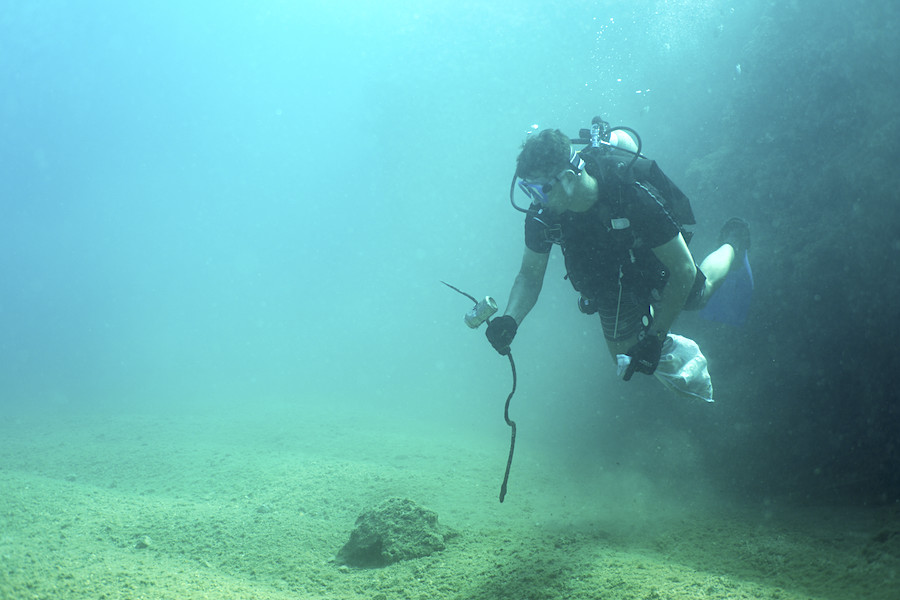
Mining News Pro - US-based Odyssey Marine Exploration hasn’t given up on intentions to move forward with a phosphate seabed mining project in Mexico’s Exclusive Economic Zone (EEZ), despite two permit rejections.
The Florida-based company, through its Mexican subsidiary Exploraciones Oceánicas, aims to dredge phosphate sands from one of the American continent’s biggest deposits of the fertilizer.
The asset, located 40km off the Pacific coast of Baja California Sur, contains 588 million tonnes of phosphate ore, which places it ahead of other major deposits located in Brazil and Peru, the company said.
Mexico’s environment ministry rejected in 2016 and 2018 the company’s environmental permit applications for the project. It said at the time that the development posed risks for species in the area including whales, dolphins, orcas, sea lions, birds and sea turtles.
The company took the case to a binational arbitration panel and it’s claiming a $3.5 billion compensation for damages under Chapter XI of the North American Free Trade Agreement (NAFTA).
Releasing results for the second quarter, Odyssey said it continued to work through diplomatic channels to resolve the dispute while its legal team advances two separate processes.
“We continue to work in good faith with the current administration to reach a mutually beneficial outcome for the project,” chief executive Mark Gordon said.
“While we are hopeful an agreement will be reached, we must continue to pursue our NAFTA claim against Mexico to protect our shareholders’ rights,” Gordon noted.
Odyssey believes the project is essential to Mexico’s food sovereignty, as it would reduce the country’s dependence on fertilizer imports.
The company aims to mine phosphate from the seabed through underwater dredging. The technology, Odyssey says, carries out minimum risk to aquatic habitats and has been used globally for over 30 years.
The extraction process is mechanical, which means that it does not use chemicals. Only shells, oversized material and fines are returned to the seabed, Odyssey says.
The company also argues that the targeted area supports low biodiversity compared to nearby deeper and shallower waters.
Seafloor nodules
Mining the seafloor opens a vast source of key metals needed for clean energy. Experts warn, however, that no licenses should be granted until a full evaluation of projects’ likely environmental impacts is conducted.
A report commissioned by the High Level Panel for a Sustainable Ocean Economy (Ocean Panel), published in June, recommended a precautionary approach to deep-sea mining. Otherwise, they believe the activity would likely cause irreversible damage to global aquatic ecosystems.
The main target of companies planning to mine underwater are polymetallic nodules. These small rocks, which lie in a shallow layer of mud on the seafloor, are rich in cobalt, nickel, copper, manganese and rare earths.
Scientists and explorers have also identified cobalt-rich crusts, located shallower than nodules and sulphates.
The deep-sea accounts for more than half the world’s surface. It means its mineral riches are several times higher than those found in all land reserves combined, data from the US Geological Survey shows.
Short Link:
https://www.miningnews.ir/En/News/586853

Zimbabwe’s President Emmerson Mnangagwa has re-appointed Winston Chitando as the southern African nation’s mines ...
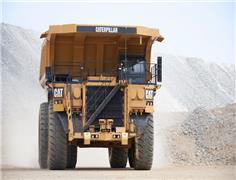
A new report by IDTechEx states that investing in e-haul trucks could result in major savings for miners due to the ...
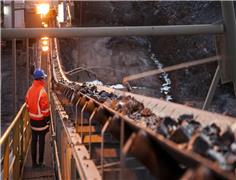
Copper traded near $10,000 a ton, hitting a new two-year high on its way, as investors continue to pile in on a bet that ...
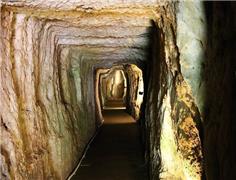
Adriatic Metals is taking over as the operator of the Rupice deposit development, which is part of the company’s Vares ...
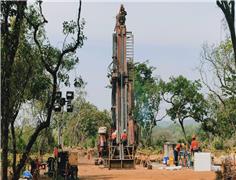
A prefeasibility study for Predictive Discovery’s (ASX: PDI) Bankan gold project in Guinea gives it a net present value ...
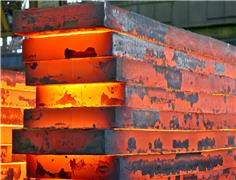
Iron ore futures prices drifted higher on Thursday as the latest soft data from top consumer China triggered renewed ...
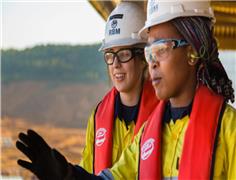
Rio Tinto said on Wednesday it is teaming up with a global venture studio and start-up investor to back the development ...
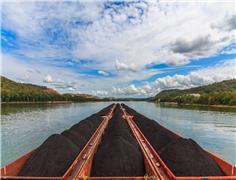
Outflows from global physically backed gold exchange traded funds (ETFs) continued for a 10th month in March, but at a ...
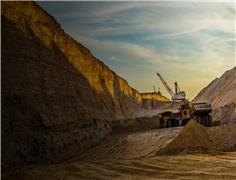
Australia’s Fortescue said on Monday it would form a joint venture with OCP Group to supply green hydrogen, ammonia and ...
No comments have been posted yet ...